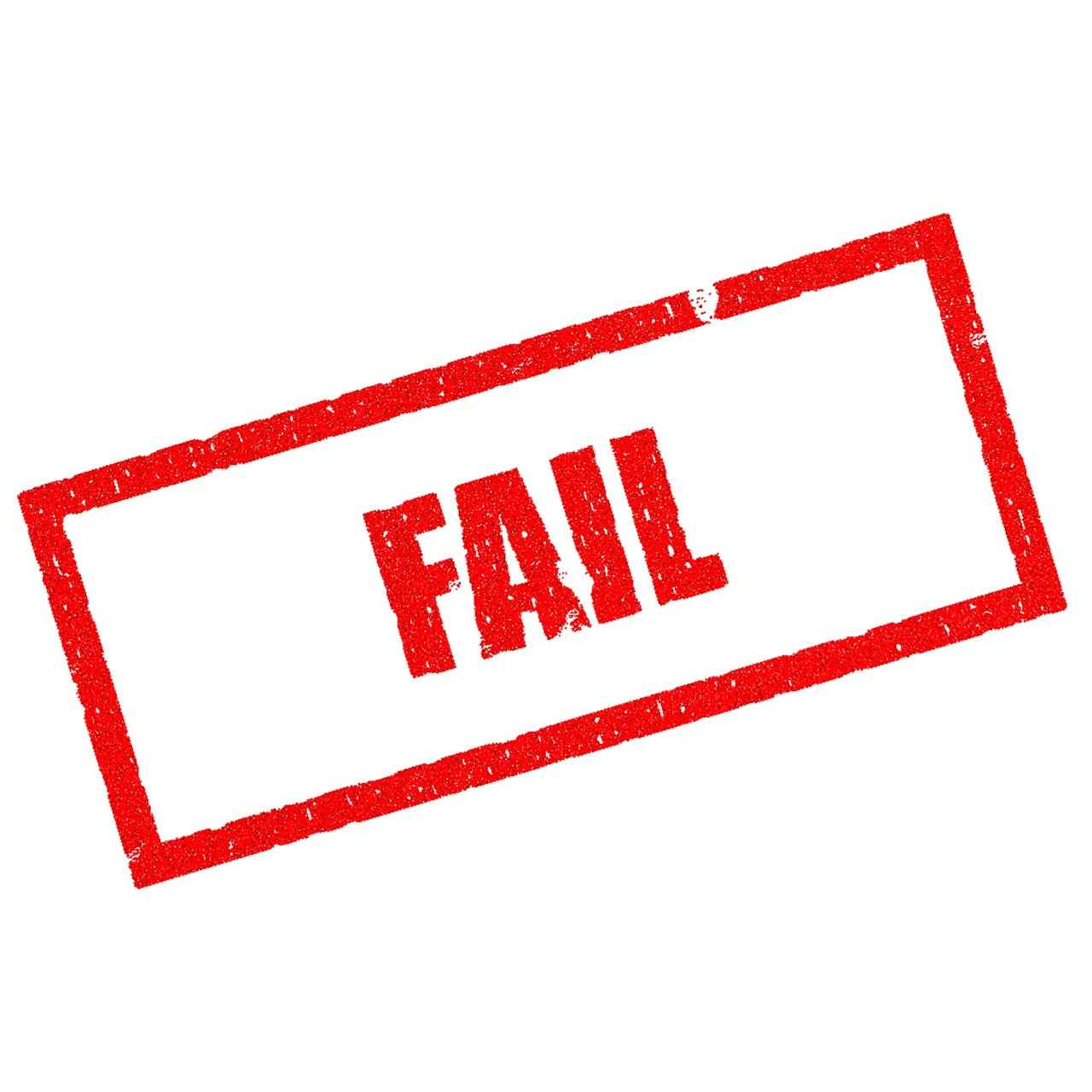Securing a funding round feels like crossing the finish line, but in reality, it’s just the start of a grueling marathon. While headlines often celebrate startup fundraising successes, the stark truth is revealed in data from CB Insights and Crunchbase: nearly 70% of startups stumble or fail after a funding round closes. Why? The reasons are complex and multifaceted—from mismanaged capital to premature scaling, and from unclear market fit to underestimating post-funding operational challenges. As founders strive to navigate this minefield, understanding the pitfalls and proactively adopting proven strategies becomes essential. With insights inspired by industry giants like Y Combinator, Sequoia Capital, Andreessen Horowitz, and First Round Capital, this deep dive uncovers why funding rounds fail and explores actionable ways to safeguard your startup’s future.
Understanding the Core Reasons Behind Funding Round Failures
Most startup founders are ecstatic when investors like Andreessen Horowitz or Founders Fund agree to back their ventures. However, securing capital is just one battle in the broader war of startup survival. One fundamental reason funding rounds fail is overconfidence in early product-market fit. Many startups raise funds on projections or hypotheses rather than validated demand. Without true product-market fit, the funding acts merely as an extended runway before failure.
In fact, scaling prematurely—expanding teams or marketing before solidifying customer retention—commonly drains resources without generating proportional growth. This phenomenon, often dubbed “burning cash like a bonfire,” is a frequent downfall. Startups inflate operational costs, hire aggressively, or rent premium office spaces just after a raise. This mismatch between burn rate and revenue generation compromises sustainability.
Key reasons for failure include:
- Inaccurate market assumptions: Misreading demand or ignoring competitor landscapes.
- Poor financial oversight: Lack of granular control over expenditure and cash flow.
- Lack of leadership focus: Founders overwhelmed by investor expectations and scaling demands.
- Misaligned investor expectations: VC firms such as Sequoia Capital and Techstars often have aggressive growth metrics which startups can struggle to meet.
An illustrative example is illustrated by insights from entrepreneurs dealing with rejection and failure, who emphasize that failure post-funding is frequently tied to blind spots in self-assessment and operational realities rather than solely market conditions.
| Common Failure Factor | Impact on Startup | Suggested Remedy |
|---|---|---|
| Poor Cash Management | Short runway leading to premature shutdown | Regular burn rate monitoring and phased spending |
| Overambitious Scaling | Resource stretch causing quality and morale issues | Validate product-market fit before expansion |
| Investor Misalignment | Pressure to meet unrealistic KPIs | Open communication and setting realistic milestones |
Understanding these core failure points helps startups pivot their strategies accordingly. Incorporating frameworks popularized by accelerator programs like Y Combinator or insights from PitchBook analytics can offer founders a more grounded perspective on growth expectations.

Effective Cash Flow Management: Preventing Your Funding Round From Burning Out
One of the most critical reasons funding rounds falter is the mismanagement of cash flow. Sudden injection of capital often triggers impulsive spending, where startups burst their budgets on non-essential expenditures. From extravagant office setups to premature hires or aggressive marketing campaigns, this financial naïveté can sabotage long-term prospects.
Successful startups meticulously track their burn rate—a vital metric indicating how quickly cash reserves deplete. According to data from First Round Capital and Crunchbase, startups that maintain a burn multiple (the ratio of net burn to net new revenue) below 1.5 have a better chance of sustainability post-funding.
There are practical ways to keep financial health in check:
- Implement rolling forecasts: Update financial projections monthly to anticipate cash needs.
- Prioritize essential spend: Categorize expenses by impact on growth milestones.
- Negotiate payable terms: Stretch payment deadlines without jeopardizing relations.
- Use financial dashboards: Leverage analytics tools to visualize spending patterns.
It’s also wise to prepare for inevitable fluctuations. Many founders underestimate the costs associated with product iteration and customer acquisition beyond initial funding. Sequoia Capital advises startups to maintain at least 12 months of runways after a funding round to weather market unpredictability.
| Financial Practice | Potential Benefit | Example Tools |
|---|---|---|
| Monthly Cash Flow Forecasts | Improved budgeting and timely adjustments | QuickBooks, Float |
| Expense Impact Prioritization | Focus on high-ROI activities | Internal spreadsheets, Google Sheets |
| Negotiation of Payables | Extended runway without extra capital | Vendor management platforms |
Beyond financial tools, cultivating a culture of frugality without stifling innovation is essential. Founders should foster transparency around spend decisions and empower leadership teams to question expenses critically.
Prioritizing Product-Market Fit Before and After Funding
Many startups mistakenly think a successful funding round proves product-market fit, yet data from CB Insights shows otherwise. Product-market fit is a continuous journey rather than a fixed milestone. Without strong customer retention and willingness to pay, raised capital only delays inevitable failure.
Startups like Airbnb and Slack, documented by Techstars and found in PitchBook reports, exemplify how iterative testing and customer feedback loops create resilient businesses that sustain funding cycles and rapid growth.
Key indicators of genuine product-market fit include:
- Consistent month-over-month active user growth.
- High Net Promoter Scores (NPS) and customer satisfaction.
- Repeat purchasing or subscription renewals.
- Strong referral rates and organic acquisition channels.
Ignoring these signals often pushes startups toward premature scaling—extending geographically or vertically before the product resonates with core users. An illustrative case is a startup backed by Founders Fund that over-expanded marketing spend internationally without validating user retention in new markets. The result was high churn rates and unsustainable burn levels.
To stay on track, founders can adopt practices such as:
- Continuous user interviews and A/B testing.
- Agile product development cycles.
- Data-driven decision-making informed by customer analytics.
For those seeking deeper entrepreneurial resilience, resources like building a resilient entrepreneur mindset offer valuable advice for navigating the pressure cooker environment post-funding.

Building Sustainable Growth Strategies Post-Funding to Avoid Failure
Having secured capital, the focus must shift decisively from fundraising to sustainable growth. Yet, many startups fall into the trap of prioritizing hypergrowth without a durable foundation. Venture capital firms like Y Combinator and Andreessen Horowitz stress the importance of incremental growth that matches capability and market demand.
Overcoming the temptation to “go big or go home” involves:
- Setting realistic quarterly milestones: Concrete goals tied to customer acquisition, retention, and revenue.
- Building a disciplined hiring strategy: Hiring only for roles that directly influence near-term objectives.
- Institutionalizing processes: Documented workflows that empower teams and reduce founder bottlenecks.
- Strengthening VC communication: Transparent updates and resetting expectations where necessary.
To illustrate, a startup backed by Sequoia Capital managed to pivot after missing initial growth projections by scaling back hiring and doubling down on product development. This strategic reorientation ultimately led to a successful second raise and market expansion.
| Growth Strategy Element | Key Actions | Expected Outcome |
|---|---|---|
| Quarterly Milestones | Customer base growth by 15%; revenue increase by 20% | Measurable progress to attract follow-on funding |
| Hiring Discipline | Limit hires to growth-critical roles | Optimized payroll costs and team productivity |
| Process Institutionalization | Establish operating manuals and decision protocols | Enhanced team autonomy and speed of execution |
| VC Communication | Monthly transparent reports and feedback loops | Investor trust and adjusted expectations |
Ultimately, avoiding failure requires reimagining post-funding success as a marathon with changing terrain, not a sprint to an exit. Even the smartest investors at First Round Capital highlight the value of patience and adaptability for startup longevity.

Mastering Investor Relationships and Setting Appropriate Expectations
Successful fundraising does not end with the check clearing; it heavily depends on how founders manage relationships with venture capitalists and angel investors. The alliance between founders and investors is symbiotic but fraught with challenges when expectations diverge.
Venture capitalists such as Techstars and Y Combinator often emphasize transparency and realistic goal setting during and after fundraising. The pressure to deliver rapid scale can create tensions if founders lack clear plans or misrepresent progress.
Key actions to nurture investor confidence include:
- Open dialogue on milestones and challenges: Honest communication prevents surprises and builds trust.
- Aligning growth expectations: Negotiating achievable KPIs that reflect operational realities.
- Leveraging investor networks: Engaging VCs for mentorship, market insights, and strategic introductions rather than only financial support.
- Regular reporting: Consistent updates using dashboards and metrics to demonstrate progress.
Many startups falter because of miscommunications or unspoken assumptions about timing and scale. For practical guidance on avoiding these pitfalls and strengthening your entrepreneurial resolve, consider exploring insights at angel investors’ criteria for startups.
Frequently Asked Questions
Why do most startups fail after getting funded?
Most startups run into trouble post-funding due to poor cash flow management, scaling before confirming product-market fit, and misalignment with investor expectations. These combined challenges often exceed the startup’s operational capacity.
How can I avoid failure after raising capital?
Setting clear and realistic post-funding milestones, rigorously tracking your burn rate, validating your product in stages, and maintaining transparent communication with investors are all crucial to long-term survival.
What are common mistakes startups make after receiving investment?
Key mistakes include overspending without ROI, ignoring sustainability, failing to adapt post-raise, and focusing on growth at the expense of product quality and customer retention.
Why is ongoing product-market fit important even after funding?
Without continuous validation of product-market fit, a startup risks growing an unsustainable business model. Fundraising provides time, not certainty; staying attuned to user needs is essential for longevity.
What are effective strategies to sustain growth after a funding round?
Lean operations, well-defined quarterly goals, selective hiring, continuous product iteration, and strong investor relations together help a startup navigate the critical post-funding phase successfully.


